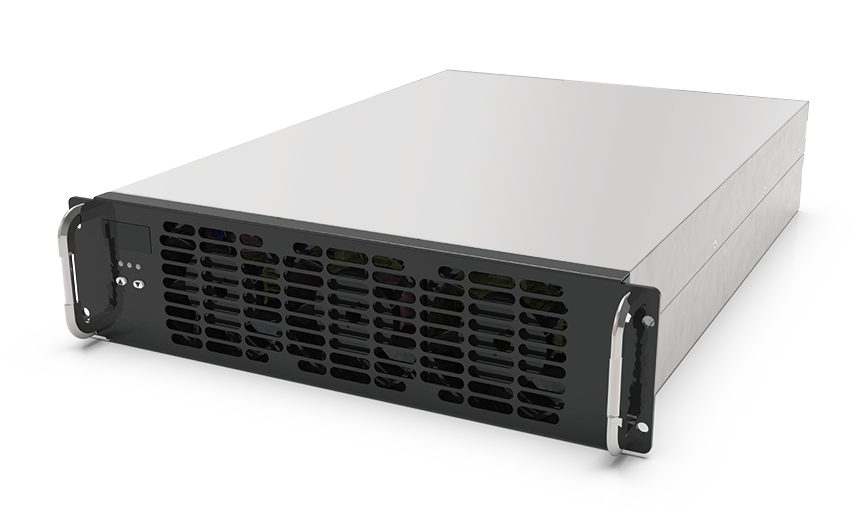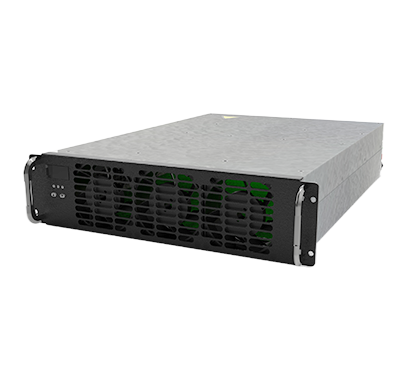The global electric vehicle (EV) market is projected to reach a staggering $800 billion by 2027, highlighting the urgent need for efficient charging solutions. Among these innovations, the ACDC charging module stands out as a pivotal component that enhances transportation infrastructure.
Understanding the ACDC Charging Module and Its Transport Attributes
The ACDC charging module serves as an essential element in modern EV ecosystems, facilitating seamless energy transfer between power sources and vehicles. Its design incorporates advanced technology that optimizes both AC and DC charging processes, ensuring rapid replenishment of battery systems. Notably, its compact form factor allows for easy integration into various transport modalities—from public transit buses to freight trucks—enhancing overall efficiency. Furthermore, this versatility plays a crucial role in Transportation Planning by enabling strategic placement of charging stations across urban landscapes.
The Role of EV Charging Station Controllers in Transportation Planning
In conjunction with the ACDC charging module, ev charging station controllers are vital for effective Transportation Planning. These controllers manage multiple aspects of charge distribution and scheduling while monitoring real-time data on usage patterns. By analyzing traffic flow and user demand, they facilitate optimal site selection for new chargers—ensuring accessibility where it is most needed. This intelligent management system not only maximizes resource utilization but also contributes to reducing congestion at popular locations during peak hours.
UUGreenPower’s Contribution to Transportation Planning
UUGreenPower exemplifies innovation within the realm of sustainable energy solutions tailored specifically for transportation needs. Their approach integrates renewable energy sources with smart grid technologies to enhance the functionality of existing infrastructures like highways and urban centers. UUGreenPower’s initiatives focus on creating eco-friendly corridors equipped with strategically placed ACDC modules that cater to diverse vehicular types while promoting cleaner air quality through reduced emissions—a critical consideration in contemporary Transportation Planning efforts.
Conclusion

In summary, the ACDC charging module represents a transformative force within transportation planning frameworks aimed at accommodating an expanding fleet of electric vehicles. Through its innovative design and compatibility with sophisticated control systems like those offered by UUGreenPower, we can envision a future where efficient energy distribution aligns seamlessly with sustainable urban development goals.

